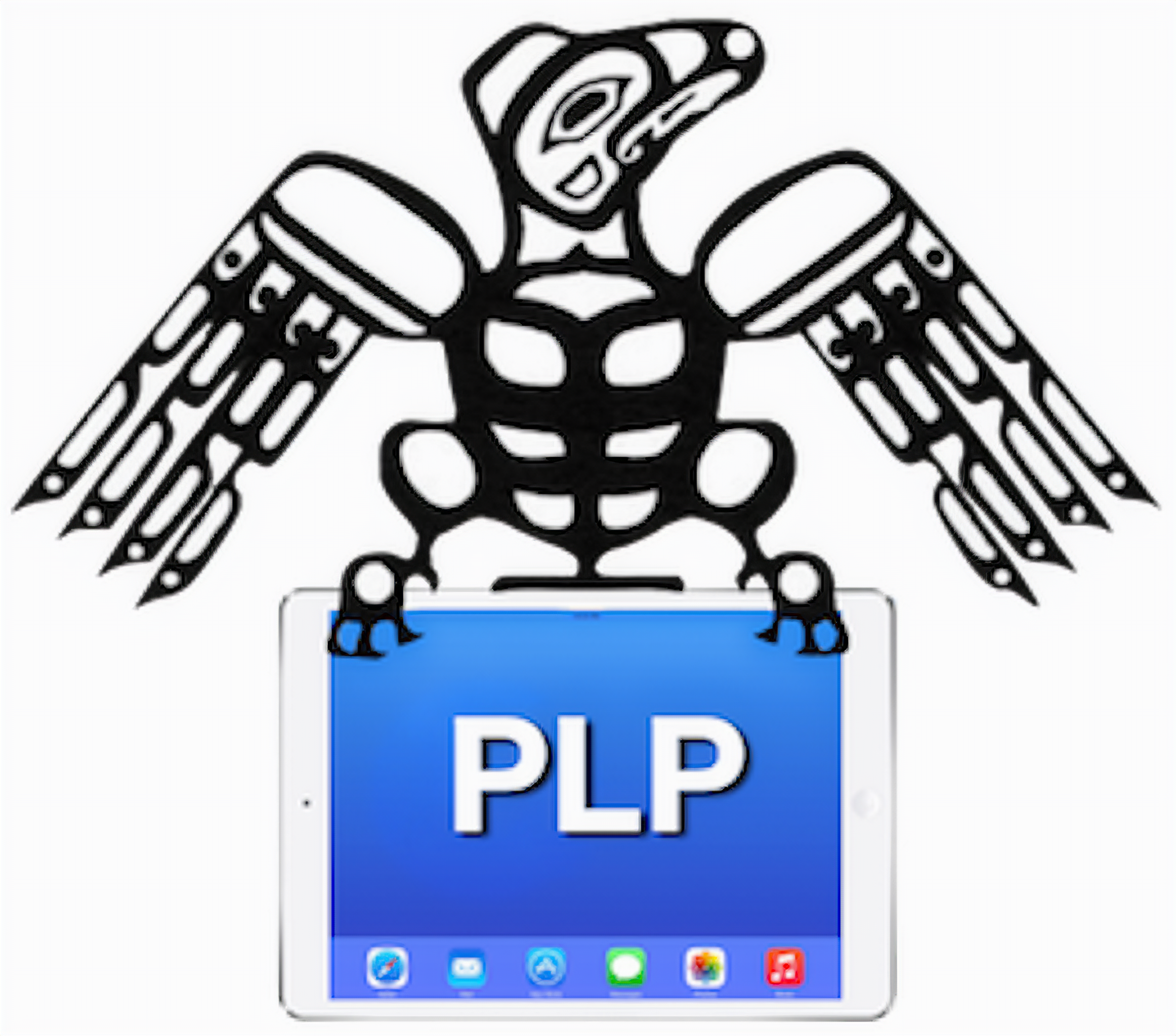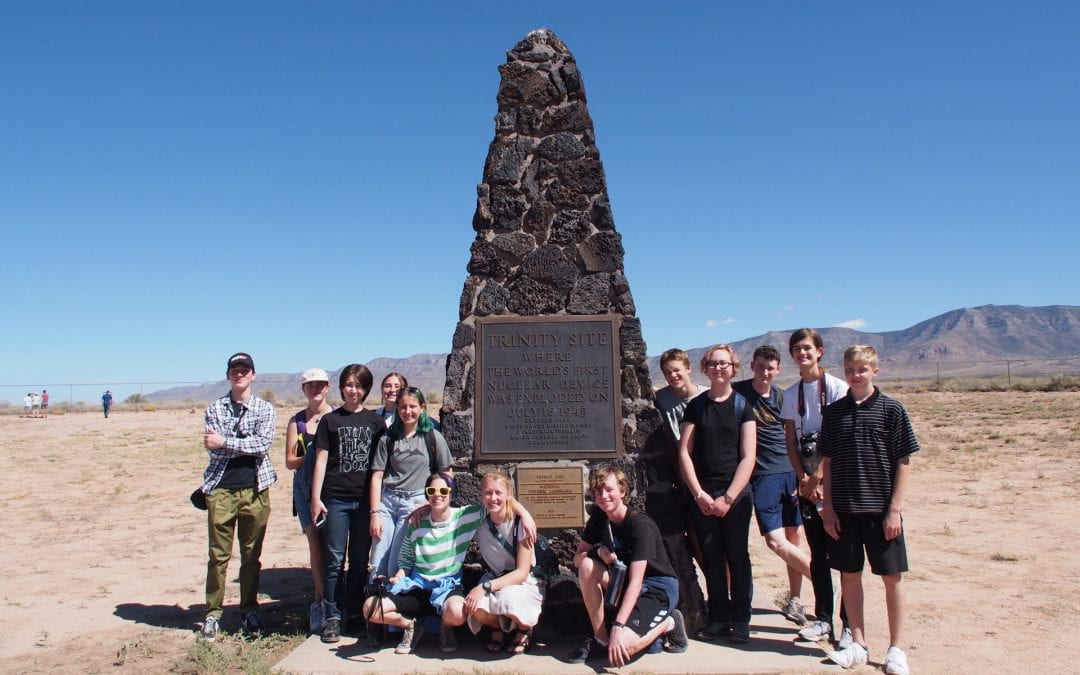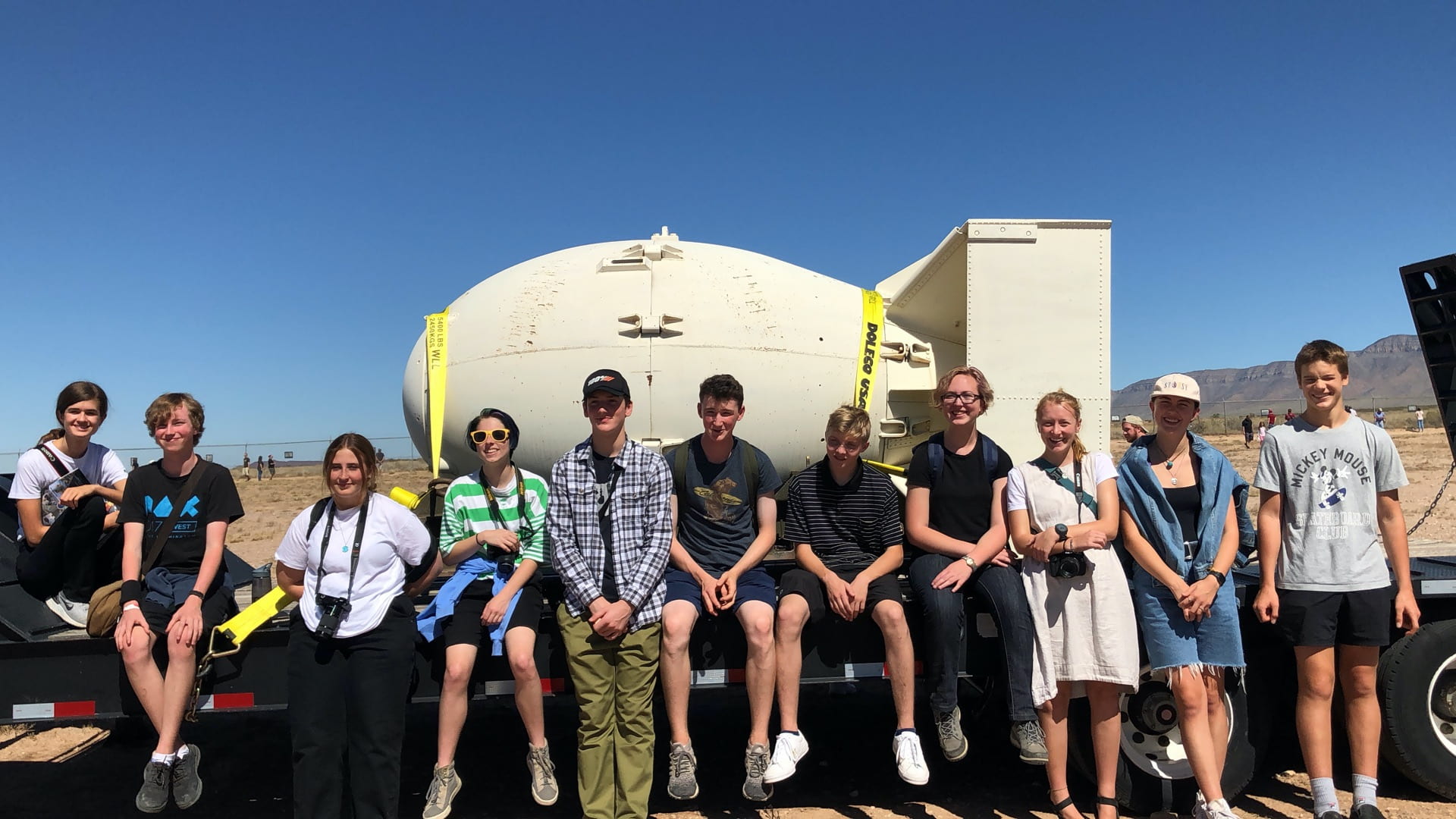One of the fundamental building blocks of PLP is our absolutely drive to take learning beyond the classroom. Often, this is best showcased in a field study.
Recently, PLP 11 had the amazing opportunity to go to New Mexico for a whirlwind field study of just 6 days (although the several consecutive days of 3am wake ups definitely made it feel longer!).
What took us to New Mexico so early in the school year? A special opportunity that comes only twice a year: the change to visit the Trinity Site in White Sands Missile Range – a spot only open to the public twice a year.
The significance of this site to history is clear. This is where on July 16, 1945, the world’s first atomic bomb was detonated and PLP 11 would have the chance to stand at Ground Zero.
As with all our field studies, this was focussed on a project with a driving question: How did the development of the atomic bomb change the world in a historically significant way? Students were tasked with answering the question by creating a Book Creator book showing the answer.
As Emily writes, “It was only after witnessing the hundreds of people coming to the Trinity site, in taking to people like Terry Leighley (a retired nuclear submarine officer), and driving past places like the University of New Mexico (which became prestigious in part due to the science connections of the project) that I truly felt confident in my ability to answer our driving question.” It is the field study – the real world experience of standing in the footsteps of history – that allowed students to develop their answer.
You’ll be able to see their books soon as I update this post with them!
Of course none of our trips are ever just history: there’s food and fun to help with learning too! As Emily writes, field studies are “adventures where flexibility and inquiry are rewarded”. You can get a good sense of that with Daniel’s video here.







